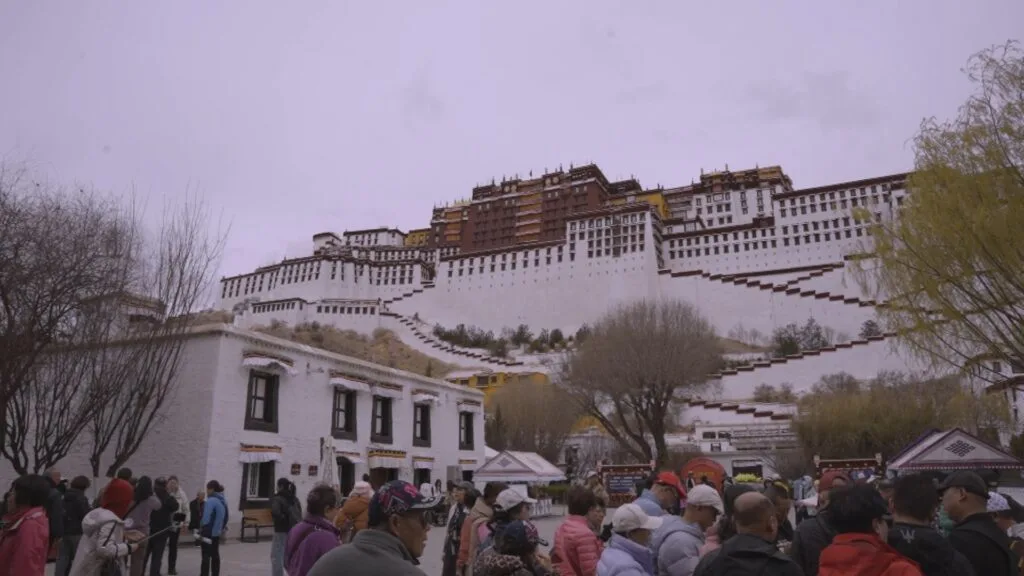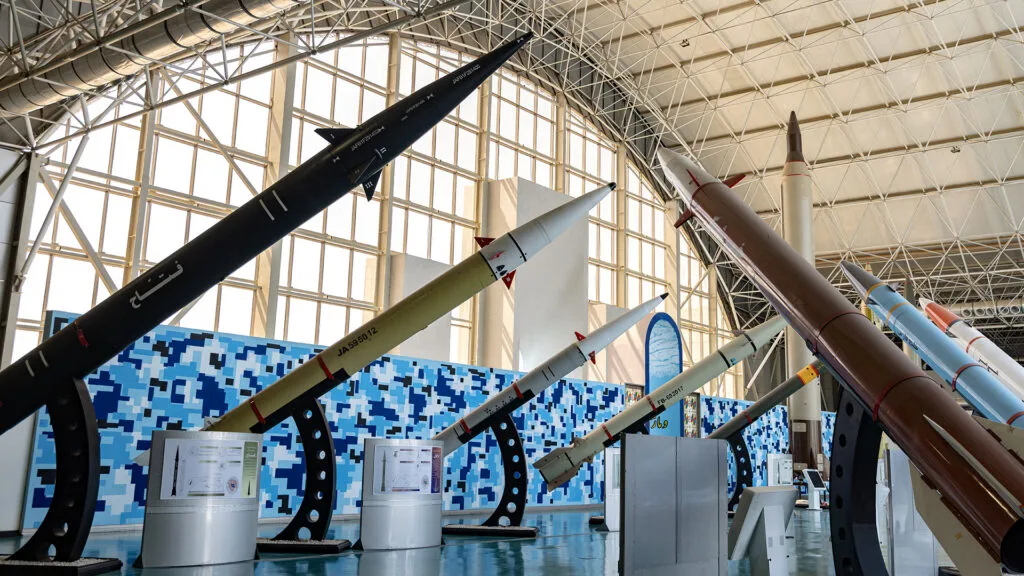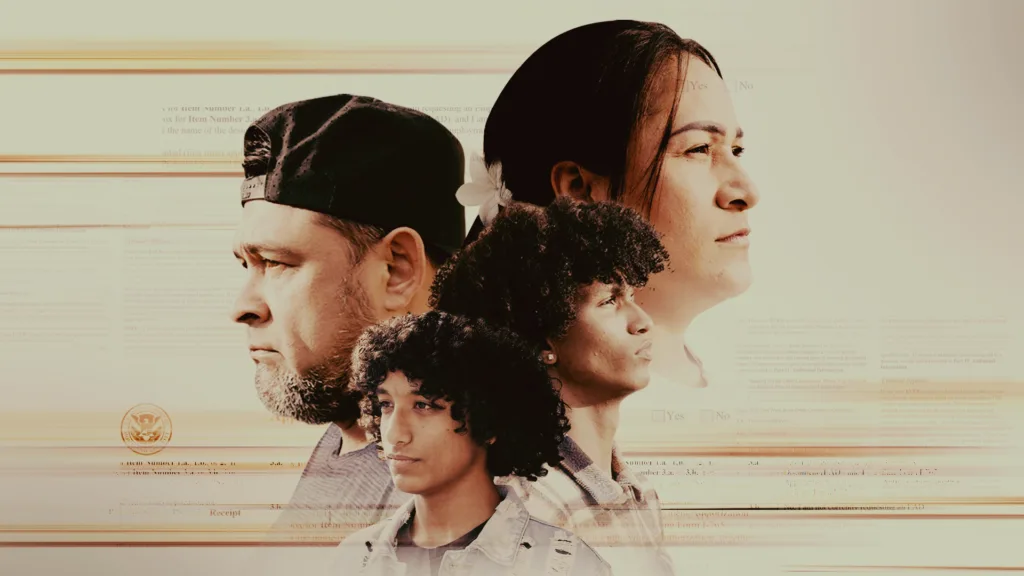Life in Tibet and What Comes Next

February 21, 2025
After 75 years of Chinese Communist Party rule in Tibet, and as Tibet’s spiritual leader, the Dalai Lama, approaches his 90th birthday, Tibet is at a critical juncture. FRONTLINE’s documentary Battle For Tibet goes inside the long-running struggle over the future of the mountainous region.
Award-winning producer and director Gesbeen Mohammad joins The FRONTLINE Dispatch to discuss what the film reveals about life in Tibet now, and the uncertain future for Tibetan Buddhism, language and culture.
Drawing on undercover footage, interviews with Tibet and China experts, Chinese government statements, and accounts from Tibetans now living in exile, Battle For Tibet examines the Chinese government’s tight control over the territory, including its system of boarding schools and a vast network of surveillance inside places like monasteries.
“Tibet is one of the world’s most tightly guarded regions,” Mohammad told Raney Aronson-Rath, FRONTLINE’s editor-in-chief and executive producer. “So it felt like an important area to examine … particularly as there are various allegations that some of the policies are infringing on Tibetans’ religion and unique culture.”
You can stream Battle For Tibet on FRONTLINE’s website, FRONTLINE’s YouTube channel, or the PBS App.
Want to be notified every time a new podcast episode drops? Sign up for The FRONTLINE Dispatch newsletter.
Latest Documentaries
Explore
Policies
Teacher Center
Funding for FRONTLINE is provided through the support of PBS viewers and by the Corporation for Public Broadcasting, with major support from Ford Foundation. Additional funding is provided the Abrams Foundation, Park Foundation, John D. and Catherine T. MacArthur Foundation, Heising-Simons Foundation, and the FRONTLINE Trust, with major support from Jon and Jo Ann Hagler on behalf of the Jon L. Hagler Foundation, and additional support from Koo and Patricia Yuen. FRONTLINE is a registered trademark of WGBH Educational Foundation. Web Site Copyright ©1995-2025 WGBH Educational Foundation. PBS is a 501(c)(3) not-for-profit organization.



















